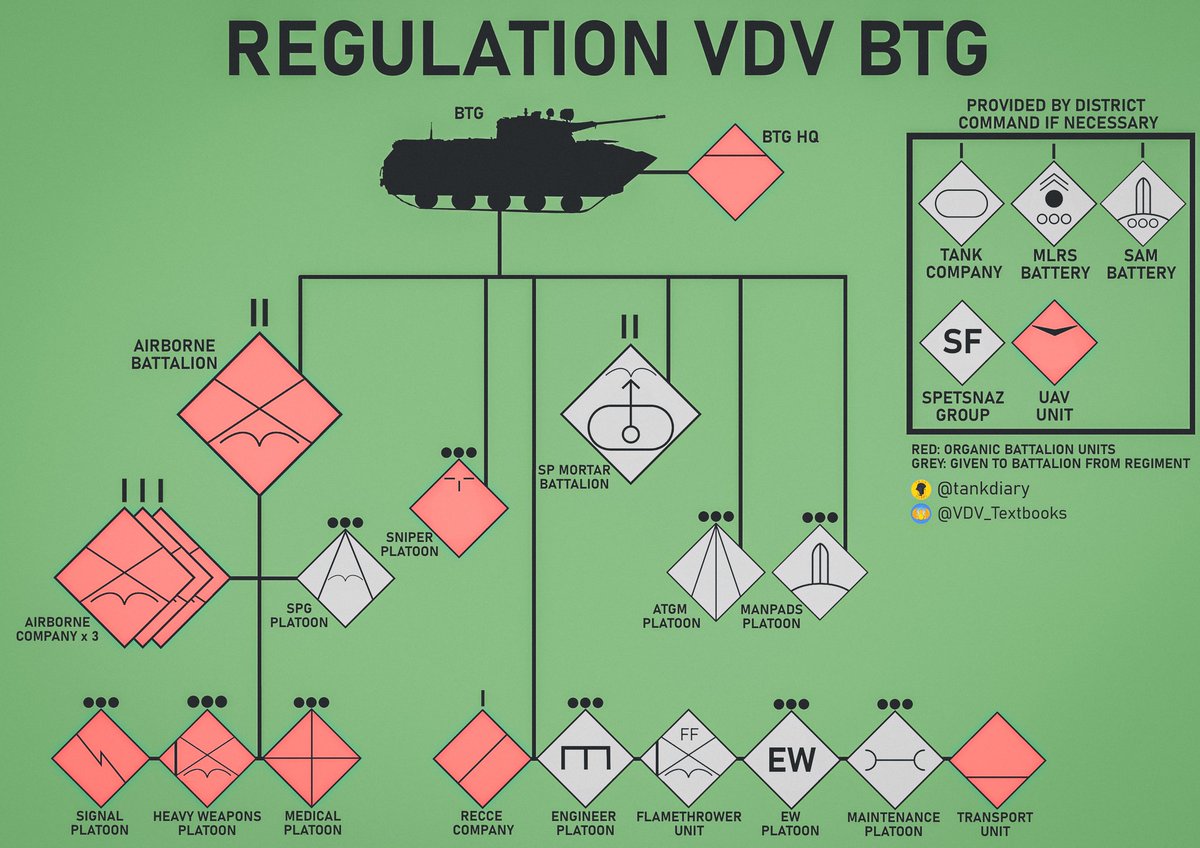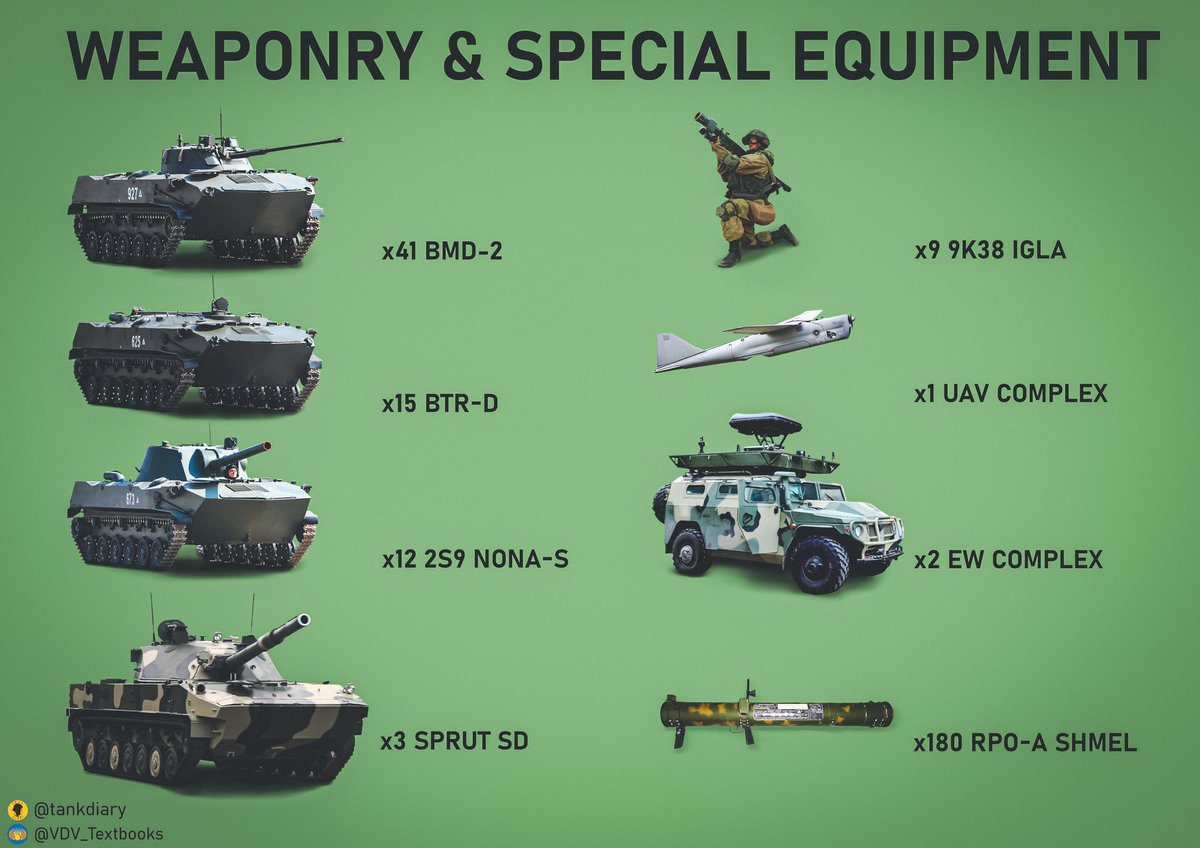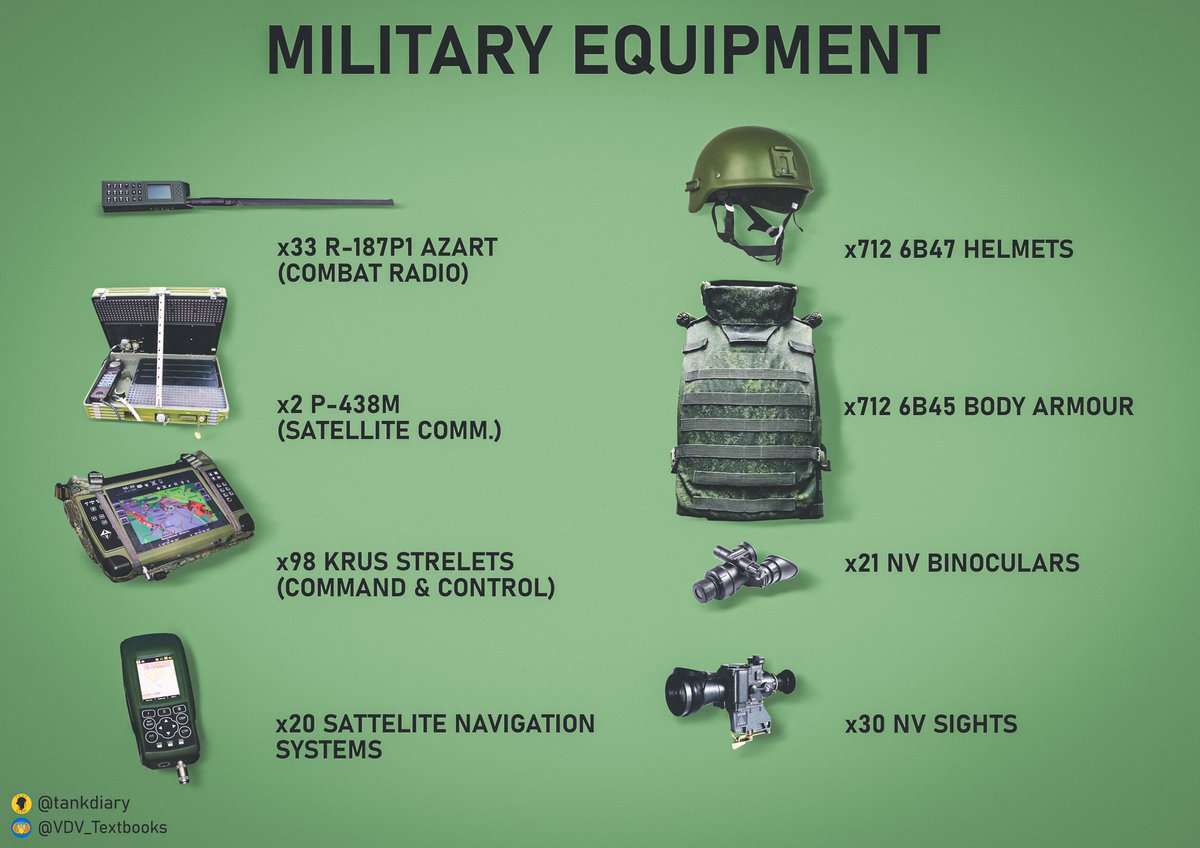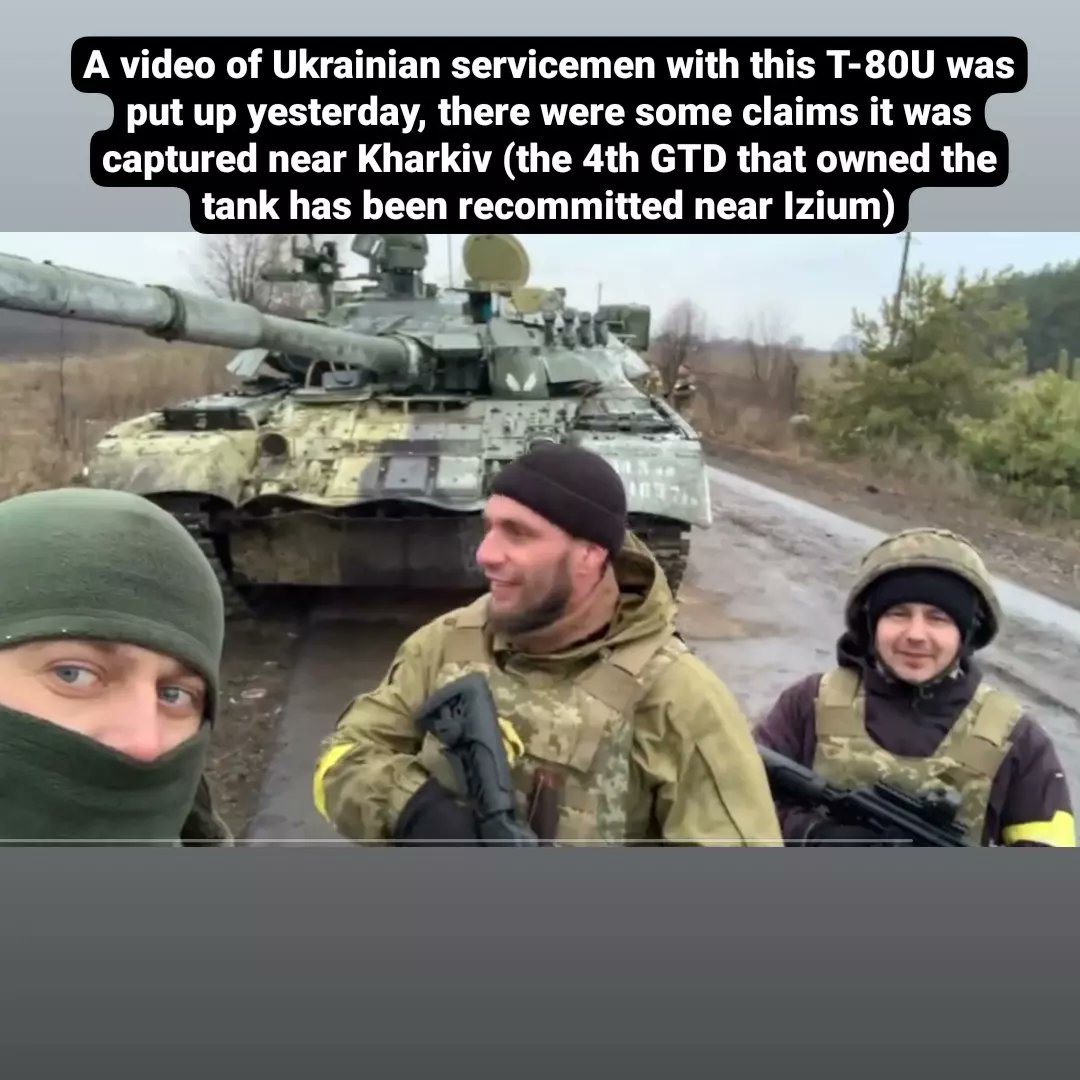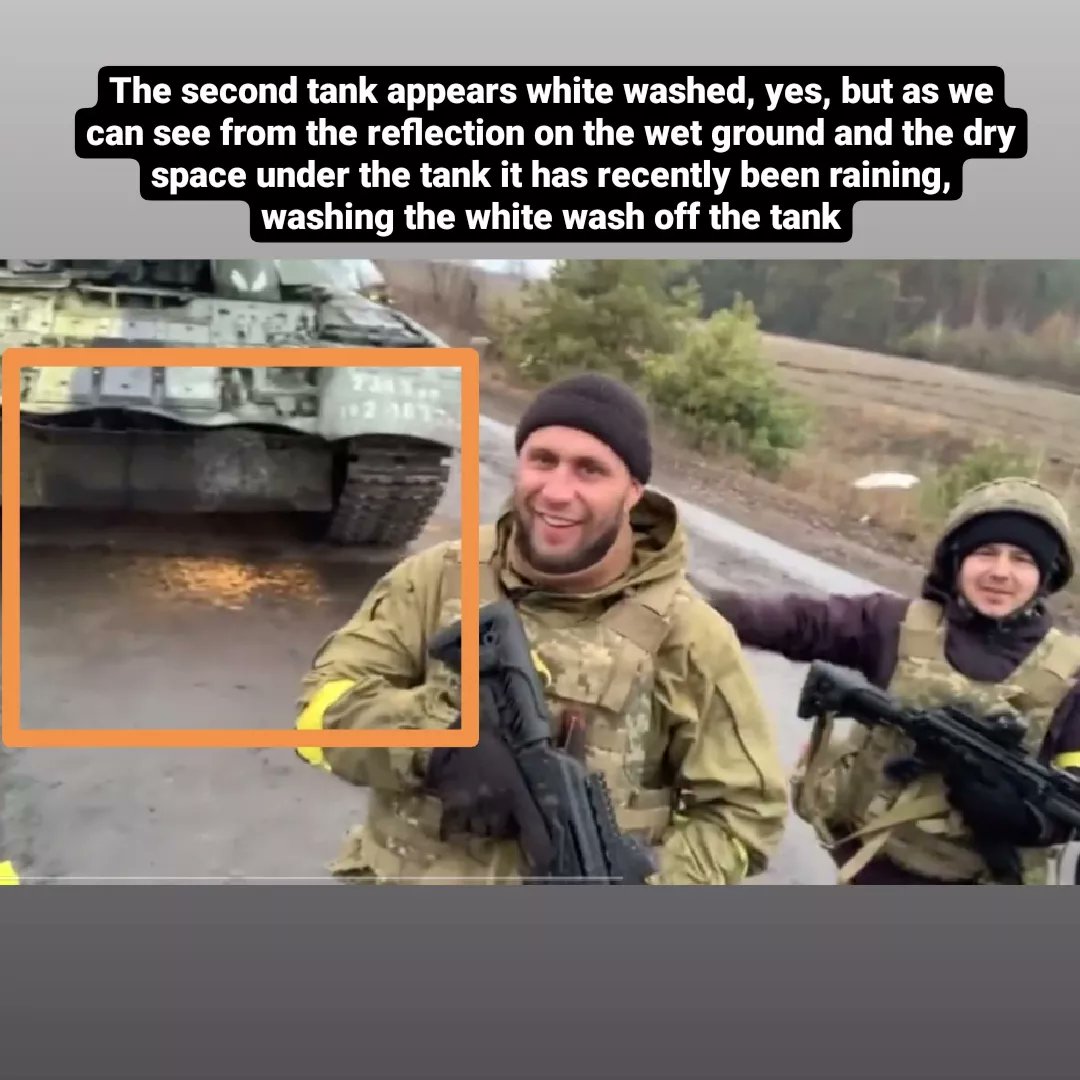
Tanks deployed on British streets - Motorman ‘72
Following Provisional IRA (PIRA) attacks throughout Belfast on 21st July 1972 known as ‘Bloody Friday’ the British government hardened its security strategy in Northern Ireland…
Following Provisional IRA (PIRA) attacks throughout Belfast on 21st July 1972 known as ‘Bloody Friday’ the British government hardened its security strategy in Northern Ireland…

This led to the decision to eliminate ‘no-go’ areas that had formed in Belfast and Derry since 1969 and were used as bases for PIRA attacks. The plans put forward were Operation Motorman and Operation Folklore… 

Westminster opted for Motorman which called for deploying 28,000 troops in NI. This included two battalions equipped with Centurion AVRE tanks with bulldozers to break apart barriers (the tanks had their turrets traversed rearward and their guns covered to appear less menacing) 

Motorman began on 31st July 1972 with the rapid deployment of troops from the rest of the UK and the British Army of the Rhine to the ports of Belfast and Derry. Soldiers dismantled barriers with Centurion AVREs and armoured bulldozers in both Loyalist and Republican areas 

The aim was to re-establish patrols in these areas and flush out paramilitaries from urban bases. Troops met thin resistance as the operation wasn’t intended as a surprise to minimise civilian casualties. Most paramilitary members had already fled the scene before Motorman began 

However, there were still two fatalities as a result of Army actions (a 15-year-old civilian, Daniel Hegarty, and a 19-year-old PIRA member, both unarmed). 

Areas that had previously been blocked off to British military presence were now again, at least nominally, back under The army’s control. Consequently, the centre of gravity of PIRA activity moved out of the cities to rural border areas that became known as “Bandit Country”. 



Instructive of how drastic the situation was viewed in London, however, was the proposed planning for Operation Folklore. This had envisaged an even larger movement of troops as well as closing the border with the Irish Republic (including cratering border roads)
Operation Folkore would also have enacted martial law under the British Army’s GOC NI. Sweeping legal powers would also have been granted with plans stating “it would be essential for a soldier to be able to open fire without fear of legal penalty in certain circumstances”
However, Motorman met its objectives of seizing back control of urban areas and would prove to be the only time during the the Northern Irish troubles that British tanks were deployed to the province 



• • •
Missing some Tweet in this thread? You can try to
force a refresh






